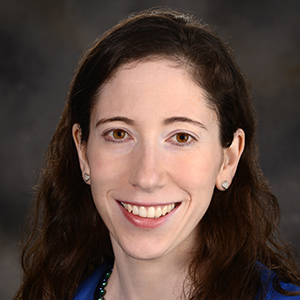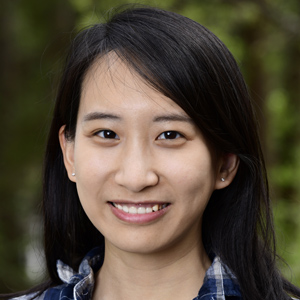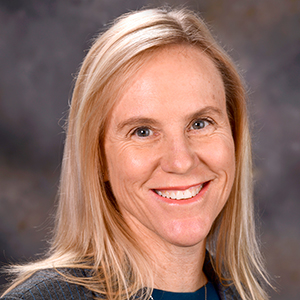Scientists, including several from NIEHS, gathered in Atlanta for ENDO2022, the first in-person annual meeting of the Endocrine Society in three years.
The Endocrine Society is a global organization of researchers and physicians who work at the forefront of hormone science, medical breakthroughs, and public health. The meeting had a hybrid format, with several thousand international attendees and more than 100 sessions livestreamed for remote viewing.
“NIEHS places importance on participating in this Endocrine Society event because we conduct or fund a large body of research related to how environmental factors can affect endocrine system functioning,” said Trevor Archer, Ph.D., deputy director of NIEHS, who attended the conference.
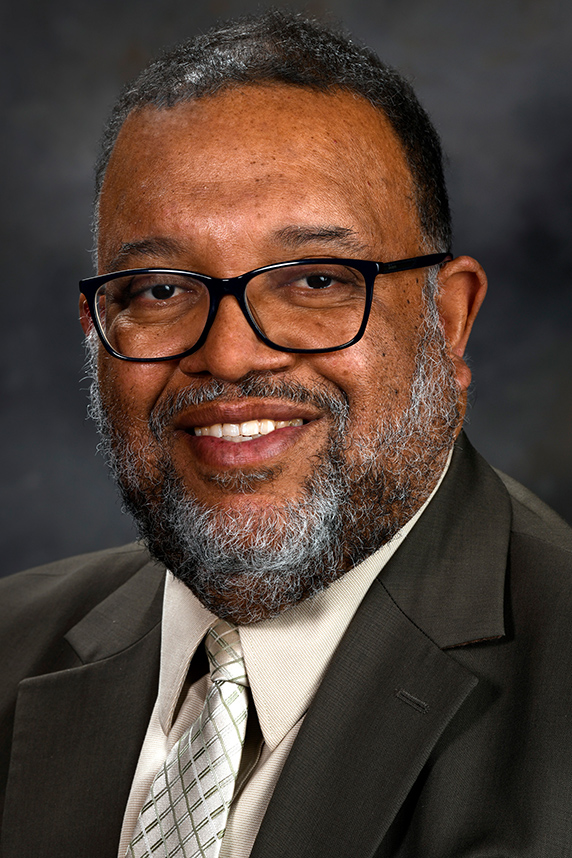 Archer, who was named NIEHS Deputy Director earlier this year, discussed his leadership goals and research passion in a conversation with Rick Woychik, Ph.D., institute director. (Photo courtesy of Steve McCaw / NIEHS)
Archer, who was named NIEHS Deputy Director earlier this year, discussed his leadership goals and research passion in a conversation with Rick Woychik, Ph.D., institute director. (Photo courtesy of Steve McCaw / NIEHS)Scientific sessions
Under a coordinative theme of fertility and reproductive health, NIEHS was represented by these speakers.
Carmen Williams, M.D., Ph.D., a senior investigator in the Reproductive and Developmental Biology Laboratory, presented her work to decipher the changes in uterine cells due to diethylstilbestrol (DES) exposure. Her research reveals that a brief neonatal exposure to estrogenic chemicals, namely DES, disrupts female reproductive tract development leading to infertility and uterine cancer. She said neonatal DES exposure creates abnormalities in epithelial cell differentiation, endometrial gland development, stem cells, and cancer cells.
Natalie Shaw, M.D., of the Pediatric Neuroendocrinology Group, conducts research on pubertal timing that considers the effects of genetic and environmental factors, particularly sleep and nutrition. She gave an overview of her clinical study, Demystifying a Girl’s First Period, which aims to understand normal hormonal dynamics during the transition from menarche to the establishment of mature ovulatory cycles – a prerequisite for fertility.
Humphrey Yao, Ph.D., senior principal investigator of the Reproductive and Developmental Biology Group, studies disorders of sex development or birth defects of reproductive organs. These conditions affect about one in 4,000 babies. His work with mouse genetics improves understanding of the basic biology of sex differentiation and of underlying causes that may relate to human disorders of sex development. He presented new findings on an intersex mouse model that produces both sperm and eggs, and a genetically manipulated mouse that models human cases of hypospadias.
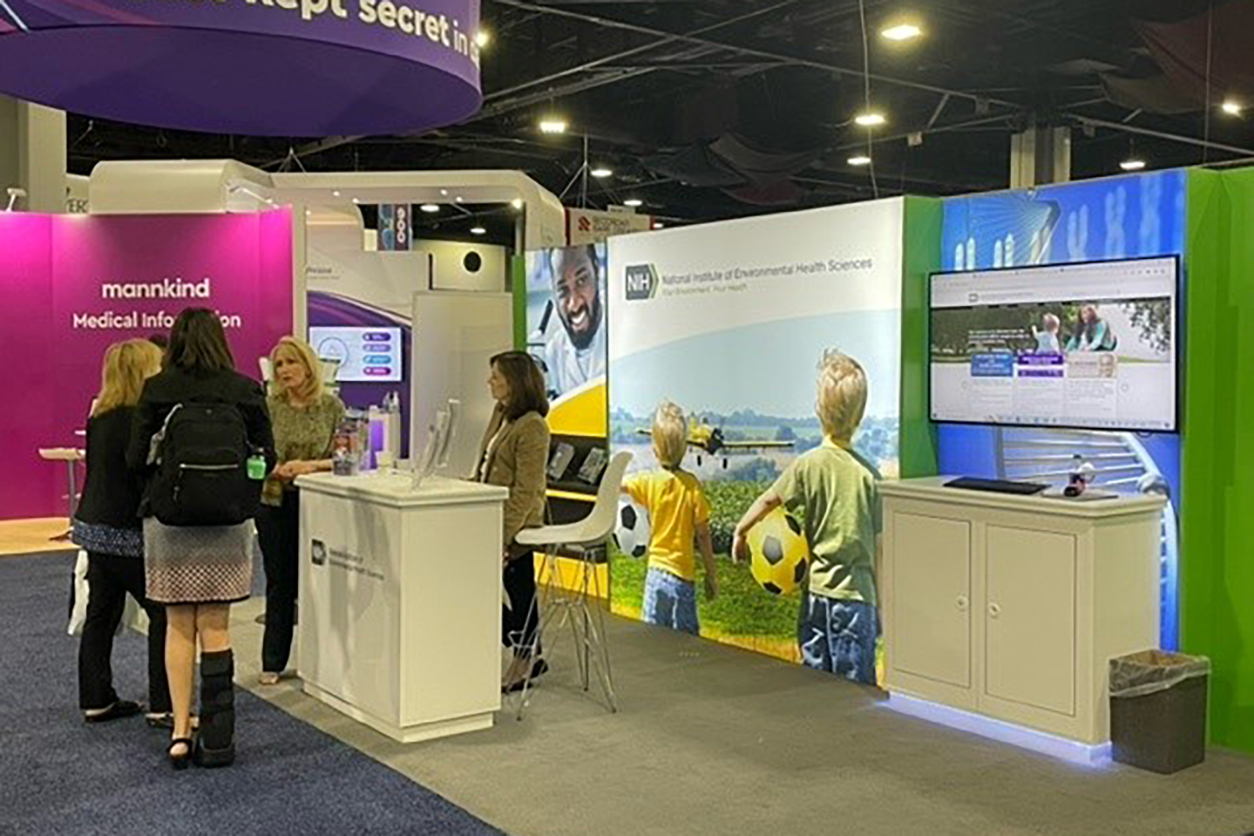 At its booth, NIEHS provided literature on varied environmental health topics and funding opportunities. (Photo courtesy of Carol Kelly / NIEHS)
At its booth, NIEHS provided literature on varied environmental health topics and funding opportunities. (Photo courtesy of Carol Kelly / NIEHS)Career insights
Francesco “Franco” DeMayo, Ph.D., chief of the Reproductive and Developmental Biology Laboratory and head of the Pregnancy and Female Reproduction Group, led a “Meet the Scientist” mentoring session during which he described his career path. Although his goal was always to study reproductive biology, his journey of scientific discovery led to a decade in pulmonary biology. While studying pulmonary biology, he began to develop the appropriate tools to investigate uterine biology. These tools opened up the field for in vivo mechanistic studies of uterine function.
His takeaway advice for the audience:
- Pursue your true passion in research.
- If obstacles present, be resourceful and make the tools and opportunities to overcome them.
- Stay focused on your research questions. Do not use new tools for the sake of using new tools.
- When writing grants, plan to send an early draft to people outside your comfort zone for critical evaluation. Do not write proposals in a bubble.
A space for stakeholders
NIEHS unveiled its new booth at the meeting, where it was the only representative of the National Institutes of Health in the exhibit hall.
“We find it’s valuable to meet and talk with our stakeholders at meetings,” said Christine Flowers, director of the Office of Communications and Public Liaison at NIEHS. “Answering questions and hearing their concerns helps us craft the public information materials that we produce.”
NIEHS Clinical Director and former Endocrine Society president Janet Hall, M.D., and NIEHS Scientist Emeritus Kenneth Korach, Ph.D., also attended ENDO2022. Skand Shekhar, M.D., an assistant research physician in the institute’s Reproductive Physiology and Pathophysiology Group, presented research, as did postbaccalaureate fellows Ethan Brown, from Shekhar’s group, and Madison Calvert, from the Pediatric Neuroendocrinology Group.
(Carol Kelly is managing editor for the NIEHS Office of Communications and Public Liaison.)





